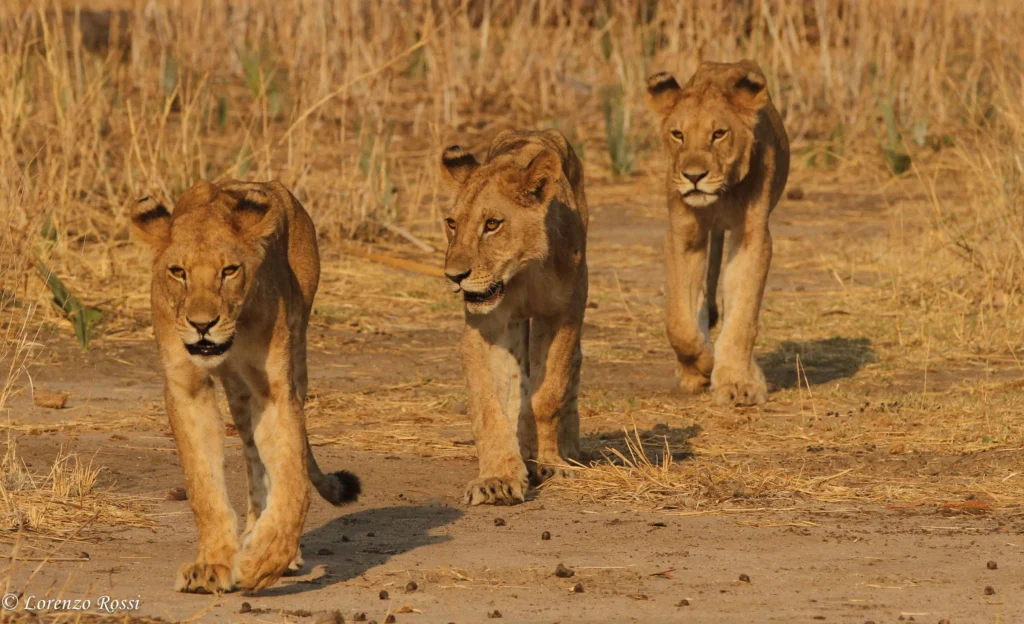Southern Tanzania Safari: When To Go, Where To Go, And What to Expect
Southern Tanzania — Ruaha, Nyerere (formerly Selous), Mikumi and the Udzungwa foothills — is wilderness at scale: fewer vehicles, deeper silence, and wildlife encounters that often feel private. Choosing the right time to travel and preparing correctly makes the difference between a good trip and a deeply memorable one. This guide walks you through seasons, expectations, practical prep, booking windows, and insider tips so you arrive confident and focused on the experience.
Seasons & What They Mean for Your Safari
Dry season (June–October) — This is peak safari time. Water becomes concentrated in rivers and waterholes, so animals gather predictably. Visibility is excellent, early mornings are cool, and predator activity is high. This window is ideal for first-time visitors and photographers seeking classic safari imagery.
Green / wet season (November–May) — The rains renew the landscape: vibrant greens, newborn antelopes, and superb birding. While some remote camps may close briefly in heavy rains (typically April–May), November–March is delightful for travelers who prefer fewer crowds, lower rates and lush scenery. Drives can be muddier, but the wildlife behavior and colors reward the effort.
What to Expect in the Parks
Expect true wilderness: longer transfer times, varied terrain, and fewer tour vehicles than the northern circuit. Ruaha specialises in large elephant herds and packs of wild dog; Nyerere adds boat safaris and water-based wildlife viewing; Mikumi is accessible and family-friendly. Game drives are often flexible and can be tailored to your priorities — early starts for predators, midday rest at camp, or late-afternoon sundowners when animals are most active.
Because distances are larger, itineraries usually allow longer stays in each park. That slow pace increases your odds of rare sightings and gives time to soak up the landscape — a hallmark of the Southern Circuit.

Packing & Practical Preparation
- Neutral, breathable clothing (long sleeves for sun & insects), hat, sunglasses.
- Warm layer for dawn drives (dry season) and a lightweight rain jacket (green season).
- Binoculars (8×42 recommended), camera + spare batteries, and plenty of SD cards.
- Essentials: personal meds, malaria prophylaxis advice from your doctor, sunscreen, insect repellent, and a small first-aid kit. Domestic flights often restrict luggage to soft bags (commonly 15 kg), so verify limits before you pack.
Twombili Tip: carry important documents and valuables in a carry-on bag during transfers; remote lodges have limited safe-storage options.
Insider Insight
At Twombili Tours, our safari experts often describe the Southern Circuit as “Africa in slow motion” — a place to pause, breathe, and rediscover the rhythm of the wild. Here, it’s not just about ticking off the Big Five, but about immersing yourself in vast, soulful landscapes where nature dictates the pace.
When to Book
For peak season (July–October) and popular camps, book 6–9 months ahead. For green-season travel, a 2–4 month booking window can work, but flexible dates and open dialogue with your Twombili planner will help you secure the best lodges and flight connections.
Why Book with Twombili Tours
We specialise in Southern Tanzania with 15+ years on the ground. Our itineraries balance wildlife, comfort and responsible travel: handpicked camps, experienced guides, and logistics handled so you can focus on the moment. We tailor length, pace and special experiences — walking safaris, boat trips or private sundowners — to match what you value most.

